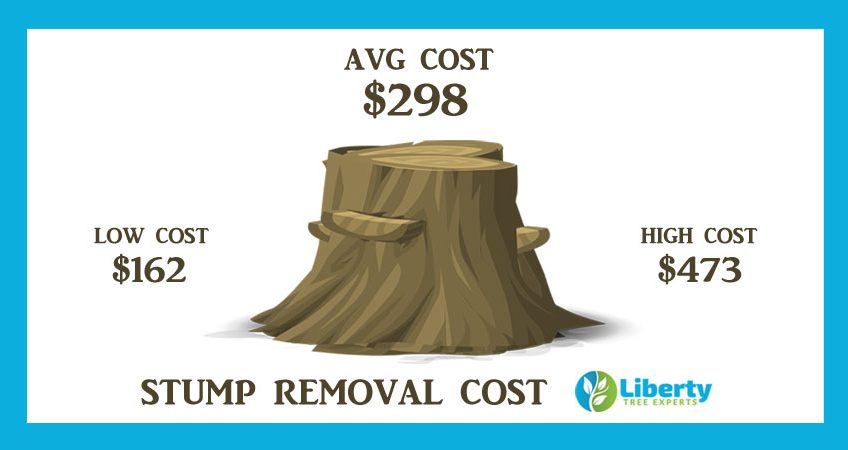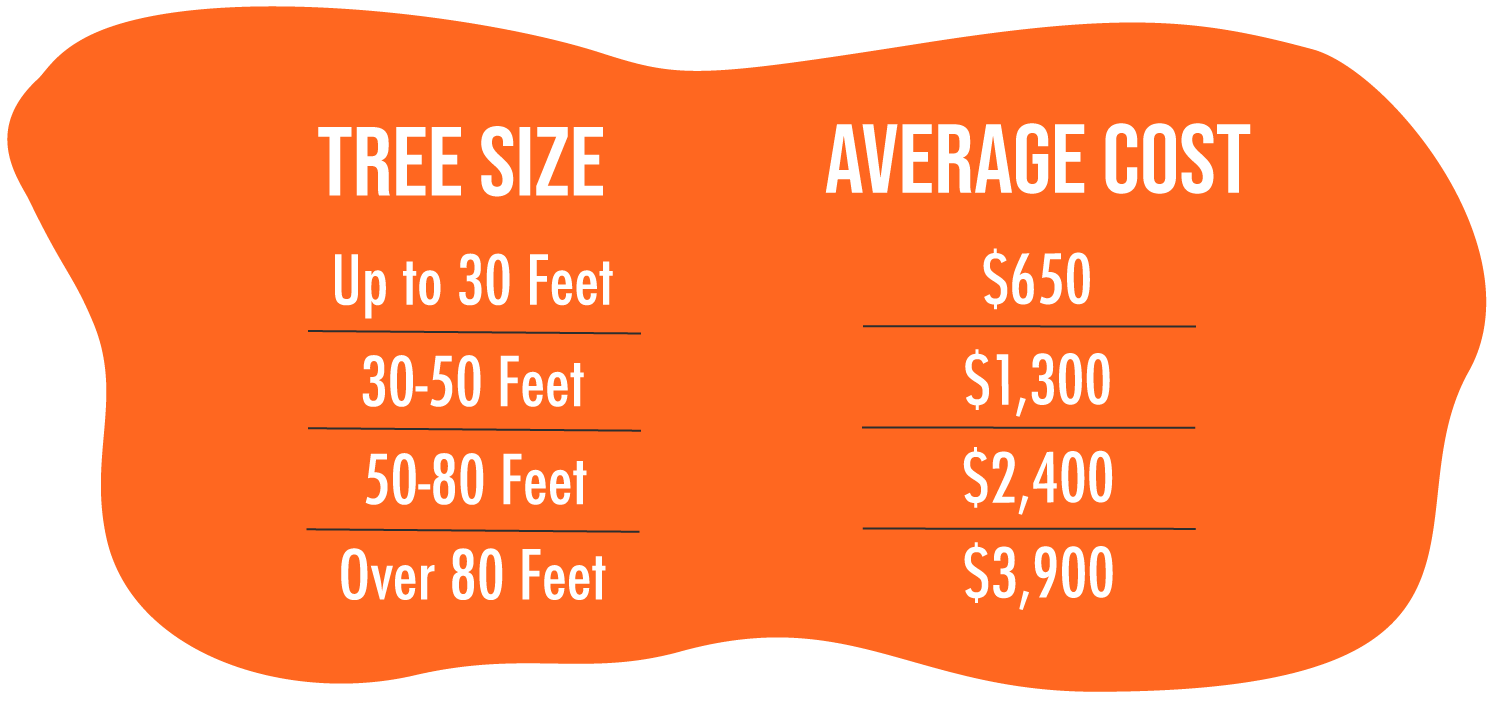Featured
Table of Contents
- – Factors That Impact Stump Removal Prices In No...
- – North Ogden, UT Tree Service Service Charges
- – North Ogden, UT Arborist Cost Guide 2025
- – North Ogden, UT Tree Clearing Warning Signs: ...
- – Selecting The Right Tree Trimming In North Og...
- – How Much Does It Cost To Book An Tree Trimmin...
- – North Ogden, UT Tree Trimming Guarantees: Wha...
- – North Ogden, UT Tree Removal Uninstall Costs
- – Fair Stump Removal Prices In North Ogden, UT
- – North Ogden, UT Tree Cutting Upgrade Costs
- – Honest North Ogden, UT Stump Removal Reviews
- – North Ogden, UT Tree Removal Assessment Costs
- – How To Find Quality Arborist In North Ogden,...
- – North Ogden, UT Tree Removal Common Questions
- – First-Time Tree Removal Discounts In North O...

The subsections listed below supply more in-depth info about prices, consisting of a typical variety for each. TypeAverage Removal CostPineConiferPalmMagnoliaArborvitaeAshCedarSweet GumEucalyptusSycamoreCypressOakMaplePoplar You can expect to pay in between to get rid of a pine, depending upon its size. Getting rid of a pine is among the more budget friendly tasks unless it is one that has been around for many years and is quite big.
Factors That Impact Stump Removal Prices In North Ogden, UT
Pines also have a tap root that grows deep into the soil, which can prove to be more tough to eliminate. The process itself involves an expert cutting the tree, clearing the base, cutting the surface area roots, removing the stump, and lastly dealing with the soil. Without a professional hand, you risk leaving pine seedlings behind, which will fall from the roots of distressed pines.
North Ogden, UT Tree Service Service Charges
The U.S. national average for conifer elimination is roughly to have the conifer lowered, transported away, and the stump ground or gotten rid of completely. Conifers are generally easier to eliminate, and despite the fact that they can grow quite high, they do not cost a fortune to get rid of. Conifers consist of pine, spruce, fir, and juniper trees.
North Ogden, UT Arborist Cost Guide 2025
While conifers are stunning, they eliminate native plants and specific types of yard. This is because they require a lot of water and nutrients to survive, so they leach it off surrounding plants. They likewise have an expansive network of roots, which can impact your home's structure. The typical rate of palm elimination depends upon the height as much as the type, varying from.
North Ogden, UT Tree Clearing Warning Signs: Pricing Edition
That is why it is essential to know which type you are removing. While you do not require an herbicide to eliminate a palm tree, there are some actions your removal expert will need to require to ensure the task is done correctly. There are two methods they can get rid of them: by slicing them down or digging them up.
Selecting The Right Tree Trimming In North Ogden, UT: Price vs Quality
This is due to the fact that small animals like rats and scorpions typically live in them. Plus, many types will have spikes, too. From there, they eliminate the real tree and then the stump. Expect to pay between to remove this kind of tree, depending upon the precise size and information of the task.
How Much Does It Cost To Book An Tree Trimming In North Ogden, UT
There are three types: green, white, and black ash. White ash is understood for its numerous colors. With its gray-tinged bark, its leaves are green or purple in the spring and golden yellow or purplish-red in the fall. They delight in moderate environments and great deals of sun. The green ash is named such due to its green or yellow foliage.
North Ogden, UT Tree Trimming Guarantees: What's Covered

The bark is softer, and it blooms later on in the year - tree cutting. Due to the variation in height, the removal cost variance is broad from. A coniferous, evergreen tree, the cedar is a durable types. True cedars enjoy higher altitudes, mainly in the Himalayas and the Mediterranean. A real cedar can grow as high as 160 feet in height and is often planted in the United States as a landscape choice.
North Ogden, UT Tree Removal Uninstall Costs
The development of false cedars differs from 50 feet up to 230 feet high. With star-shaped leaves and stunning fall colors, the sweet gum is considered a medium to large tree.
Fair Stump Removal Prices In North Ogden, UT
It has a big root base of 40 to 50 feet, which impacts the removal expense. Generally, it costs in between to eliminate a eucalyptus. Eucalyptus are not typical everywhere, but they are rather large compared to others, which is why even the smaller sized ones are so costly to remove. Initially from Australia, eucalyptus are invasive plants that grow in thick groves that get native plants.
North Ogden, UT Tree Cutting Upgrade Costs
There are a handful of methods to do this, consisting of burning, pulling, grinding, or eliminating them with herbicide. Expect to pay in between to remove sycamores, based upon the height, trunk size, and amount of work included. Sycamores are one of the largest hardwood trees, normally varying from 60 to 100 feet high and as large as 15 feet.
Honest North Ogden, UT Stump Removal Reviews
The first two steps will expose the insides of the tree and cut off the flow of nutrients up the trunk. From there, a professional uses herbicide to kill the tree and cuts down the trunk.
North Ogden, UT Tree Removal Assessment Costs
There are numerous various kinds of Cypress trees, but the most widespread are the Leyland, Arizona, Bald, and Italian. The Bald Cypress grows in swampy or extremely damp areas while the others take pleasure in a dry, warm, or hot environment (tree removal). They can grow as tall as 80 to 100 feet high
How To Find Quality Arborist In North Ogden, UT

Prone to illness, the Cypress is among the most treasured woods for furnishings. The typical oak grows to around 60 feet, and depending upon the intricacy of the elimination, it costs an average of to remove. The specific size of your oak and the effort required to fell it impact what you will really spend for removal in addition to any extra services like stump grinding.
North Ogden, UT Tree Removal Common Questions
Access to the trees and the roots will also impact the total expense. Maples are generally among the more expensive trees to eliminate due to the fact that of their size and the work included in the removal.
First-Time Tree Removal Discounts In North Ogden, UT
Poplars are giants of the species. Growing as high as 90 to 115 feet, these enormous timbers are mainly found in North America and include the aspen, cottonwood, and balsam trees. Boasting an extensive root system, poplars can be pricey to eliminate when fully grown. The procedure to remove trees includes all the trimming and cutting of the branches and trunk, bringing it down to a stump.
Table of Contents
- – Factors That Impact Stump Removal Prices In No...
- – North Ogden, UT Tree Service Service Charges
- – North Ogden, UT Arborist Cost Guide 2025
- – North Ogden, UT Tree Clearing Warning Signs: ...
- – Selecting The Right Tree Trimming In North Og...
- – How Much Does It Cost To Book An Tree Trimmin...
- – North Ogden, UT Tree Trimming Guarantees: Wha...
- – North Ogden, UT Tree Removal Uninstall Costs
- – Fair Stump Removal Prices In North Ogden, UT
- – North Ogden, UT Tree Cutting Upgrade Costs
- – Honest North Ogden, UT Stump Removal Reviews
- – North Ogden, UT Tree Removal Assessment Costs
- – How To Find Quality Arborist In North Ogden,...
- – North Ogden, UT Tree Removal Common Questions
- – First-Time Tree Removal Discounts In North O...
Latest Posts
Are A Stump Grinding Worth The Cost In San Leandro, CA
Sedro-Woolley, WA Tree Service Warranties: What's Covered
Budget Estimates For An Arborist In Long Hill, CT
More
Latest Posts
Are A Stump Grinding Worth The Cost In San Leandro, CA
Sedro-Woolley, WA Tree Service Warranties: What's Covered
Budget Estimates For An Arborist In Long Hill, CT